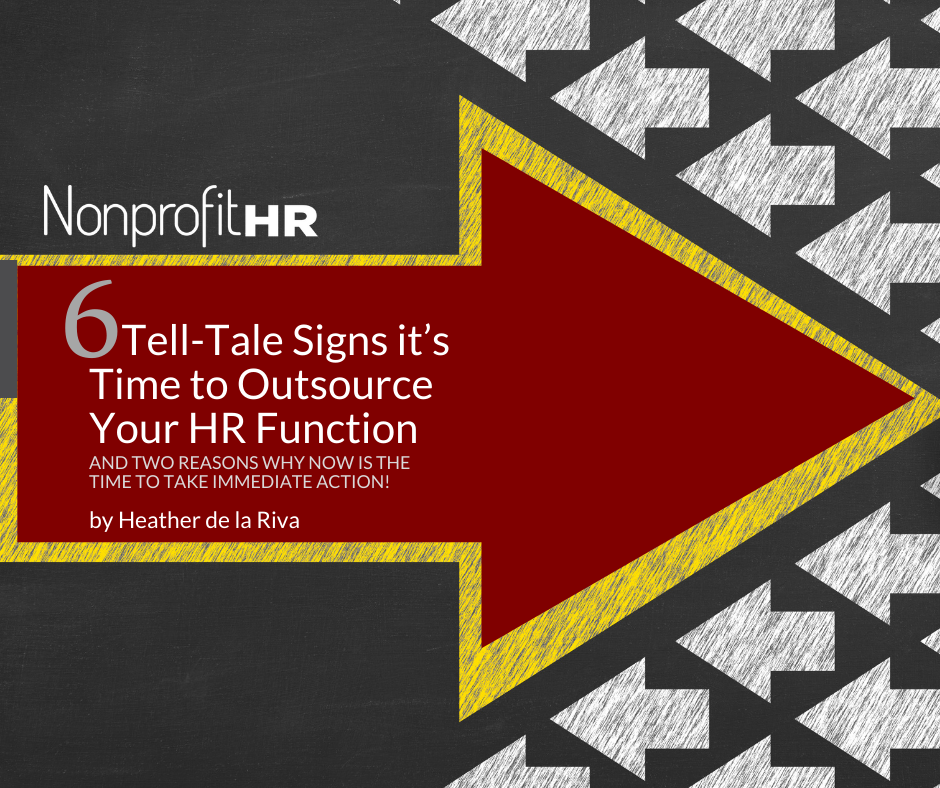WTOP: 5 ways nonprofits can…
If you walk into most organizations today, what you hopefully will find is multiple generations working collaboratively and side-by-side. According to Pew Research Center, Baby Boomers account for 29% of the labor force while Gen Xers and Millennials both make up 34% of those working today. The majority of the workforce is young: therefore, those workers in their 40s and 50s are now, believe it or not, considered “older workers.”
With that said, engaging a multigenerational workforce is simple. All it takes are a few changes in culture:
Workplace Flexibility
The traditional 9-to-5, “in your office and butt in the seat just so I know you’re working” approach is becoming outdated. Take a page from some government agencies and other forward-thinking organizations and embrace telework. Organizations that don’t offer a flexible work environment are no longer appealing to anyone. However, a flexible work schedule and trust in employees to deliver results no matter where they perform is what matters nowadays.
Creative an Innovative Work Environment
When it comes to new projects, organization leaders need to trust older workers to step up and deliver results. They’re a loyal bunch who already understand the mission of the organization and are re-energized by change. Engage us at the start of a new project, not the middle or end, to show the trust you have in them. Strategic leadership is critical when an organization needs to create and innovate to sustainable and agile ground.
Older Workers as Respected Leaders
Some older workers are already leaders in the organization. Engage them in areas that matter the most. They like to lead, mentor and coach younger staff, and enjoy being known as individuals that can guide and advise because of their experience dealing with uncertainty. Unlike younger workers, who tend to bolt from uncertainty, older workers have the know-how to navigate a project that’s up in the air. The ability to be entrepreneurial and serve as leaders managing long-term projects and opportunities is critical.
Shared Knowledge is a Gift
Institutional knowledge needs to be handed down to younger workers, and tapping into veterans’ knowledge and skills is a great way to pass this on. Succession planning or transition discussions are an authentic way to make this happen. While they don’t want to be forced into retirement, they’ve given significant time to an organization and have a genuine vested interest in knowing it will thrive long after they have retired.
Training and Professional Development
As the organization continues to plan for a sustainable future, some older workers may need to brush up on their skills. Invest in professional development and training and identify areas that will also provide a return-on-investment for the future of the organization too.
With age brings wisdom, and with wisdom brings a skill set that will help any organization thrive. At the end of the day, older workers are a tremendous help in the workplace, and engaging them requires a culture that embraces all generations.





























